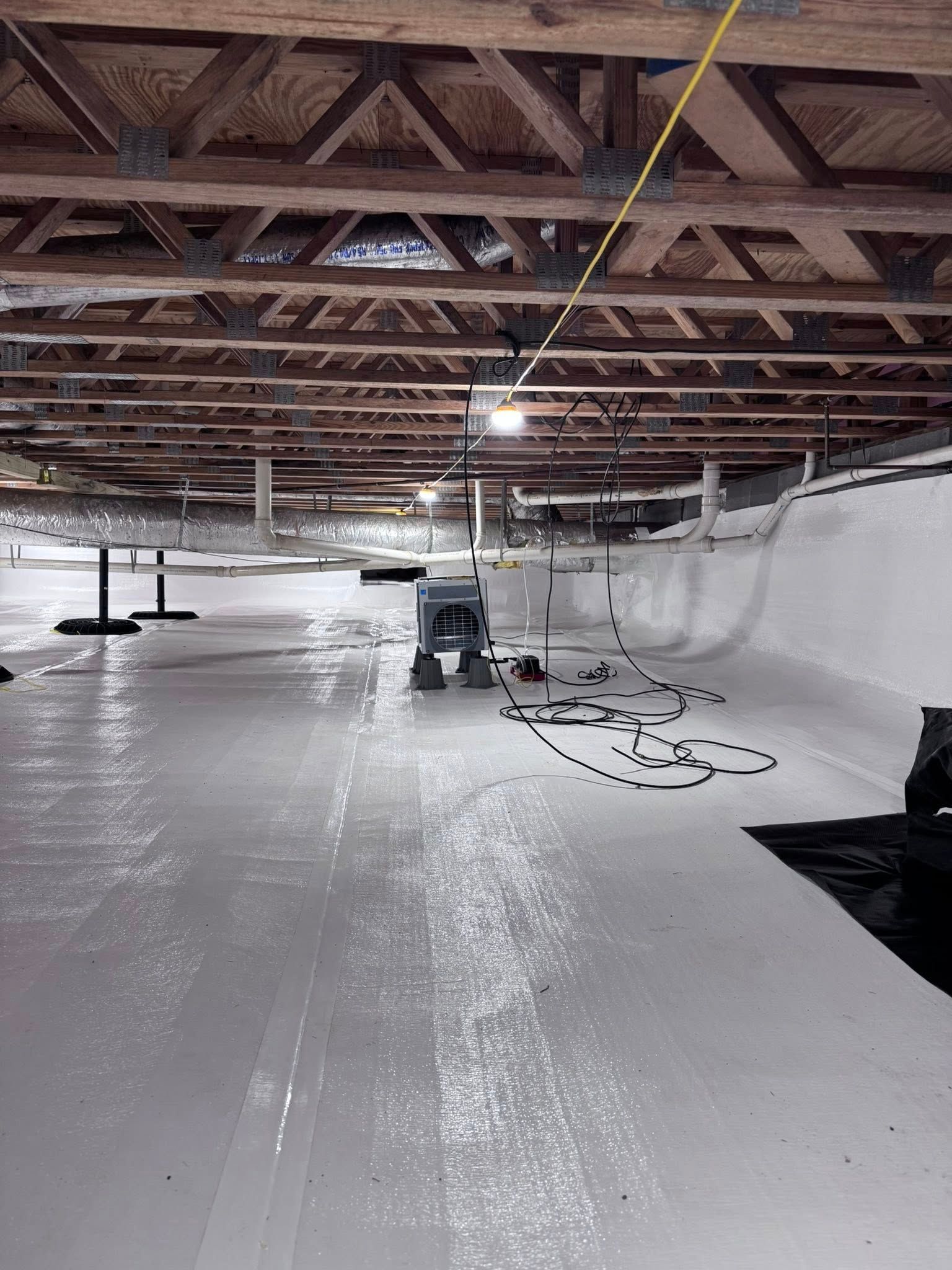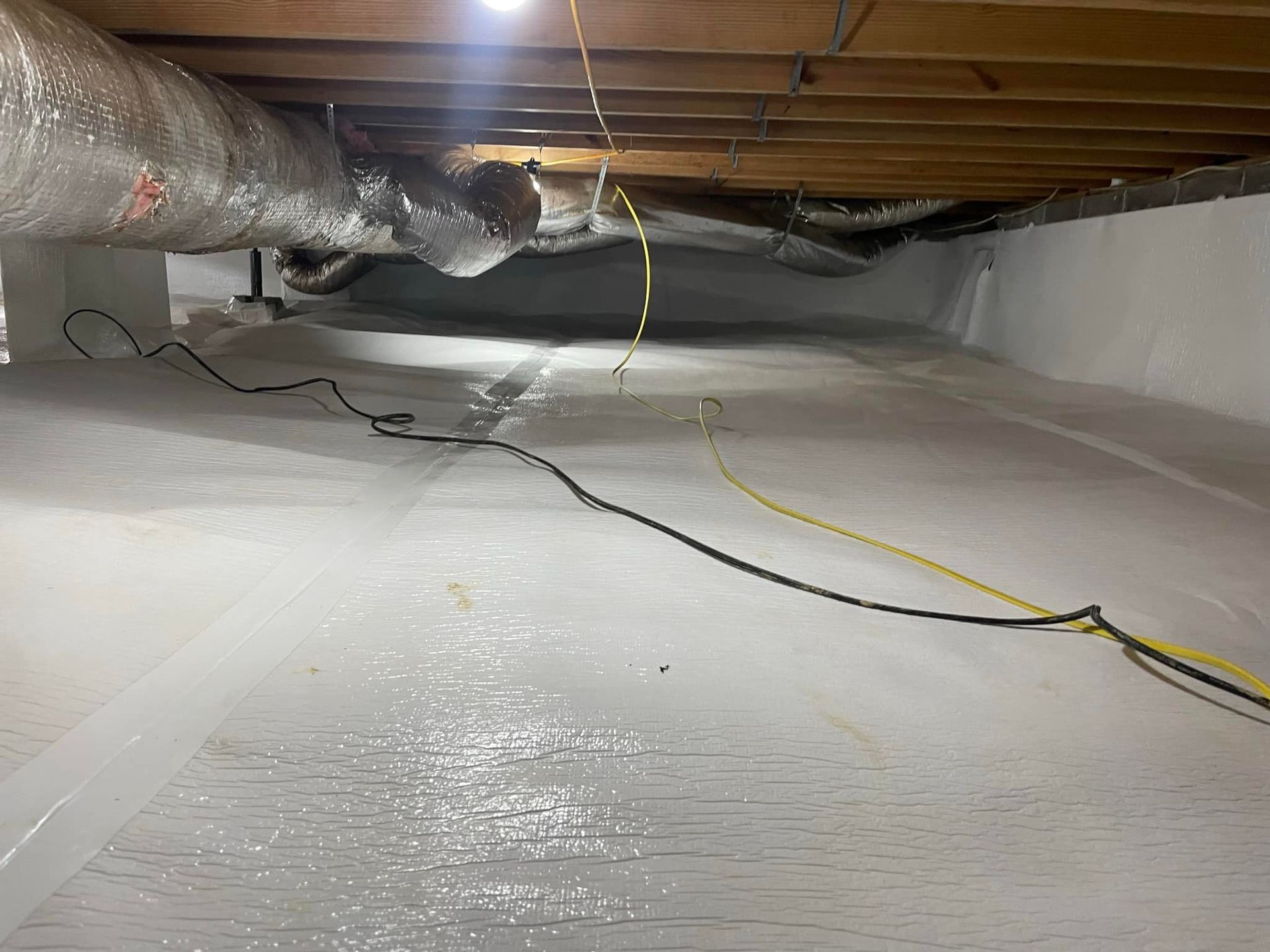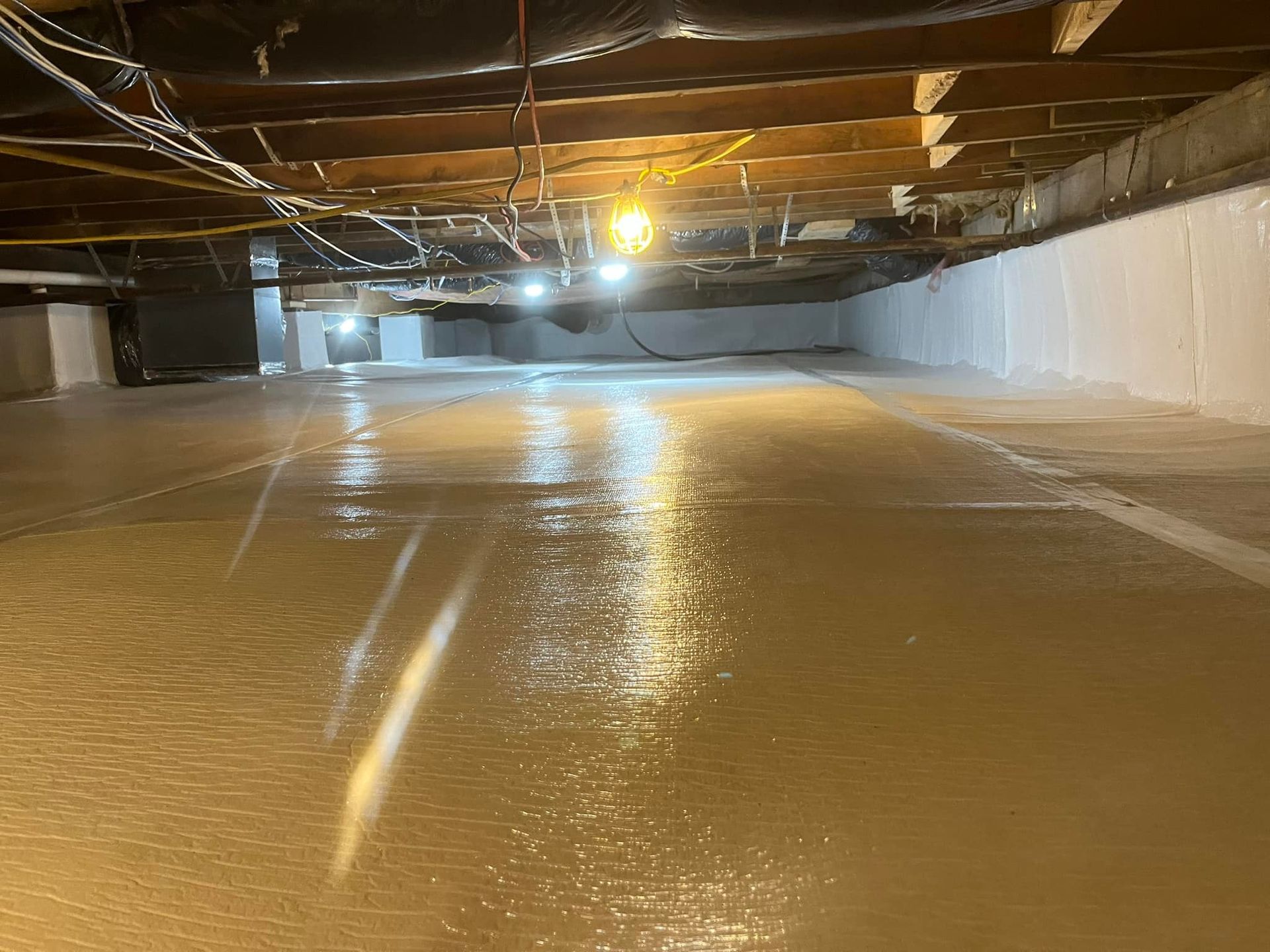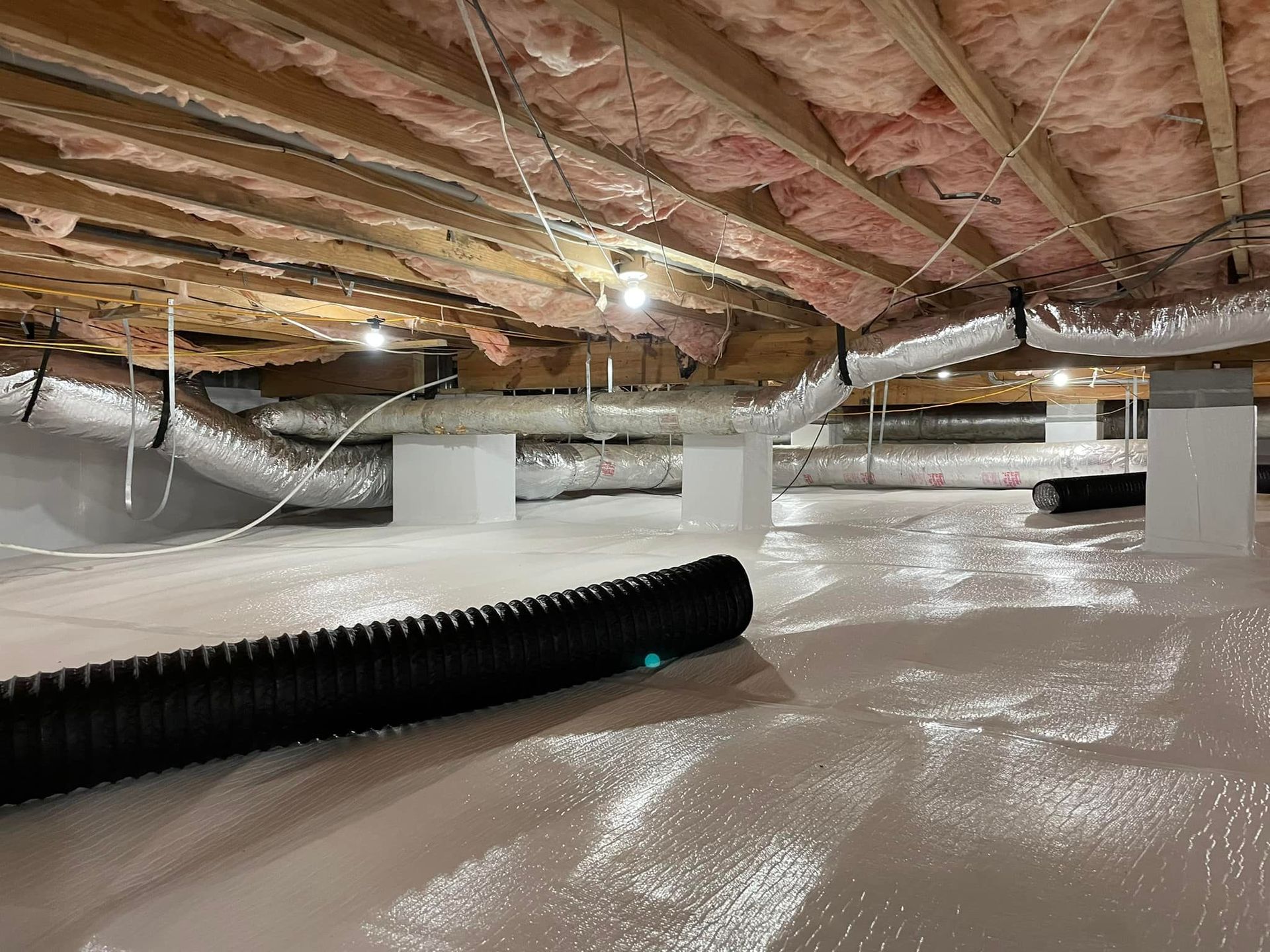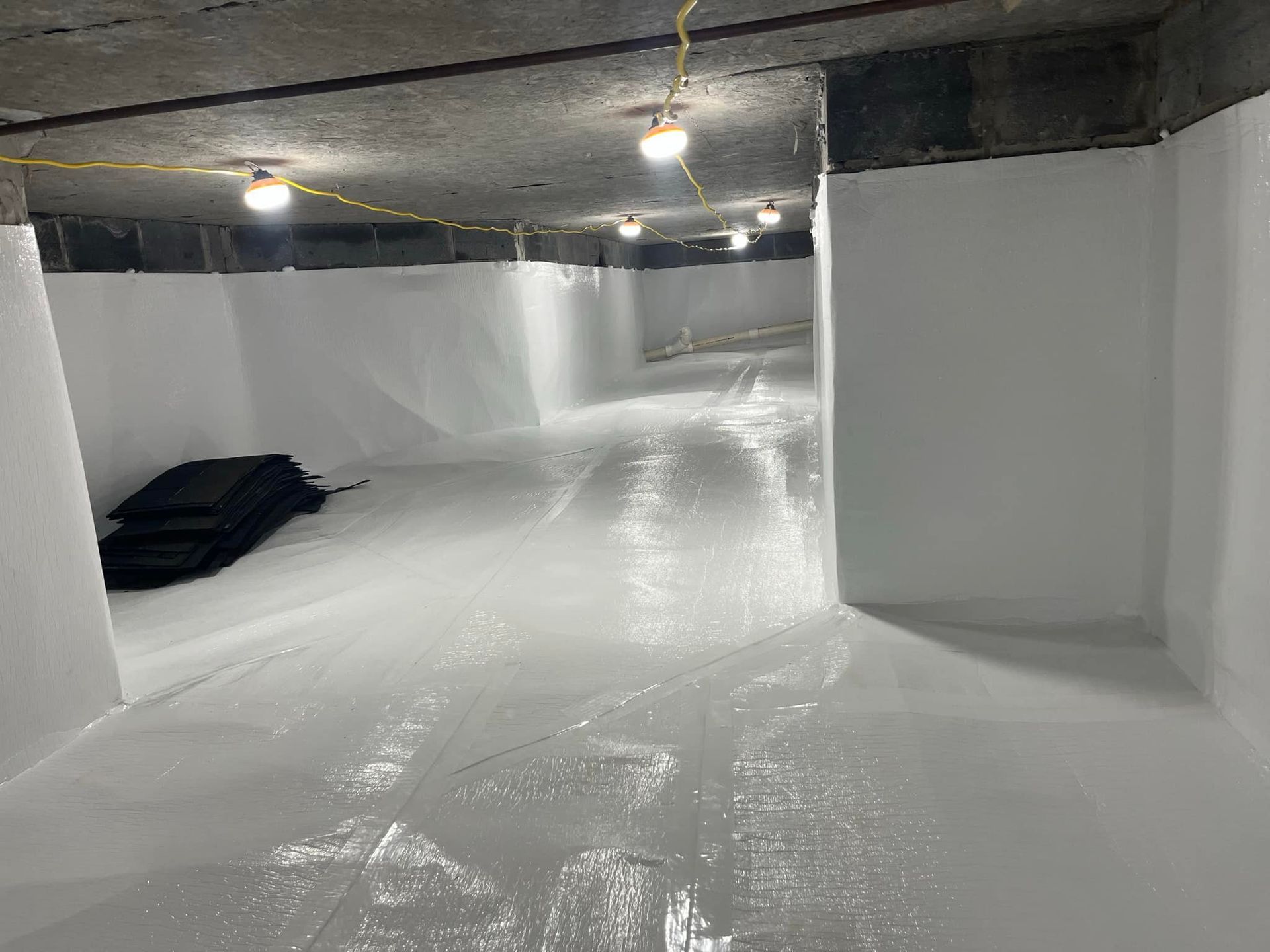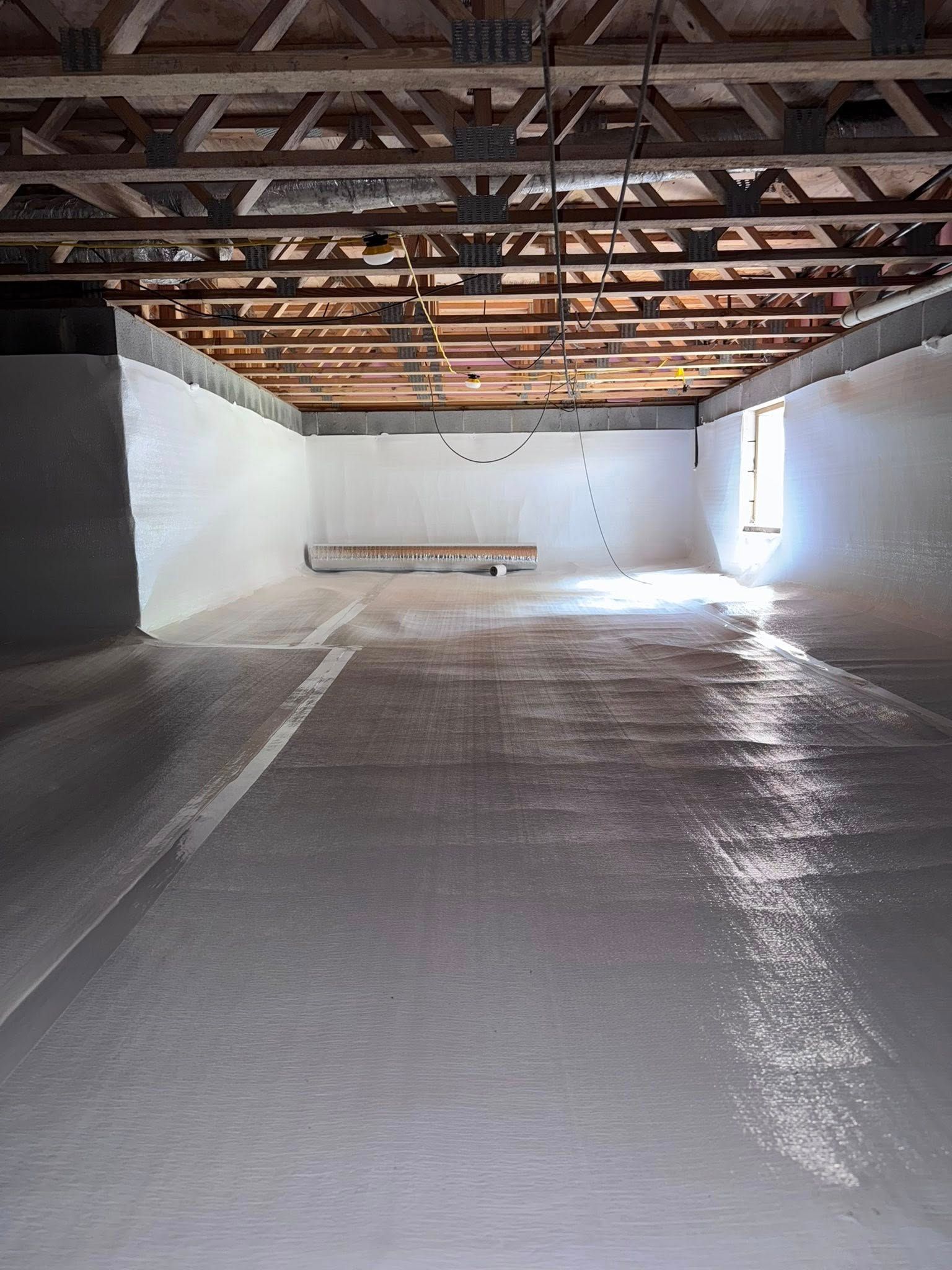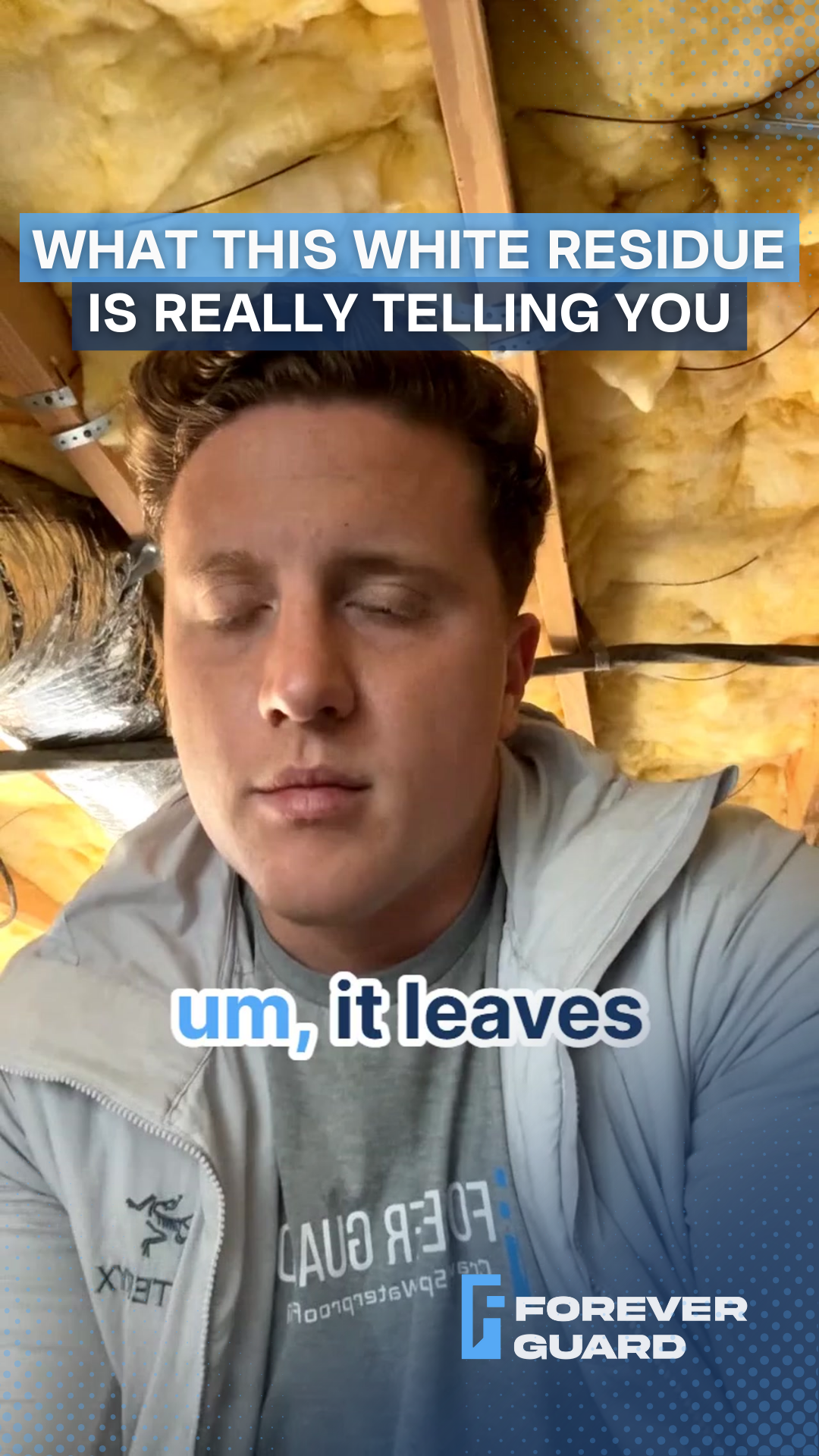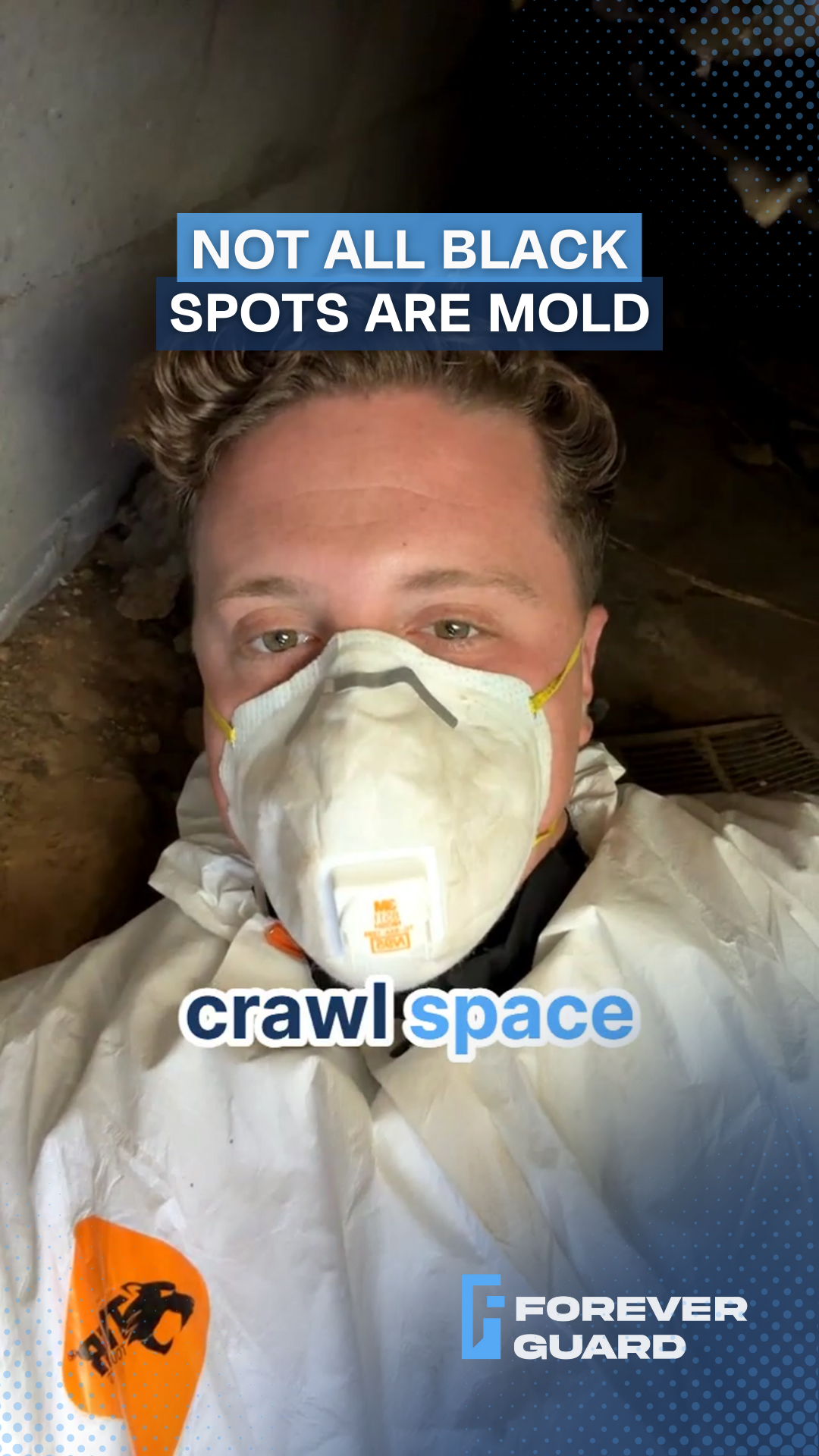Is Your Crawl Space Support Actually Supporting Anything?
How to Spot Incomplete Structural Repairs Before They Fail
A crawl space expert reveals the warning signs of repair work that looks good but doesn't actually work
I was doing an inspection this week and found something that made me stop in my tracks.
The homeowner had sister joists installed at some point - structural supports meant to reinforce weakened floor beams.
At first glance, everything looked fine.
Then I touched one of the sister joists. It moved. Not a little wiggle - I could literally shift it with my hand.
These supports weren't attached to anything.
They were just sitting on top of the beams, held in place by nothing but gravity.
One had already cracked clean through. The others were covered in fungal growth and heading the same direction.
This homeowner paid someone to fix their crawl space structure.
But the work was never finished properly.
Now they're facing the same problems all over again - plus new ones.
When Quick Fixes Create Bigger Problems
Here's what happens when structural work isn't done right. Those sister joists were supposed to share the load with the existing beams. But without being screwed in and properly attached, they can't do their job.
Instead of supporting the floor above, they're just taking up space. The original beams are still carrying all the weight by themselves. And now one of the sister joists has cracked because it wasn't secured properly.
Add in the fungal growth from moisture issues, and you've got a crawl space that's actually worse off than before the "repair." The homeowner spent money on a fix that didn't fix anything.
This isn't unusual. I see incomplete structural work all the time - jacks on inadequate footings, beams that aren't level, supports that look fine until you actually examine how they're installed.
What Proper Structural Support Actually Looks Like
Sister joists need to be screwed directly into the beam they're supporting. That's not optional - it's the whole point. The two pieces of wood work together to carry the load. Without that connection, you just have two separate boards doing nothing for each other.
Same goes for jacks and support beams. They need proper footings - not just a couple of concrete blocks stacked up. The weight of your house has to distribute evenly across a stable base. Otherwise, you get settling, shifting, and eventual failure.
When we redo this crawl space, every sister joist will be properly fastened. The jacks will sit on adequate footings. Everything will be level and secured according to code. That's the difference between work that lasts and work that fails.
Red Flags That Your Crawl Space Work Wasn't Done Right
If you've had structural work done in your crawl space, here's what to look for:
- Any movement when you push on supports or sister joists
- Gaps between the sister joist and the original beam
- No visible screws or fasteners holding pieces together
- Supports sitting on dirt or inadequate footings
- Beams that aren't level or plumb
You shouldn't be able to move structural supports with your hand. If you can, they're not actually supporting anything.
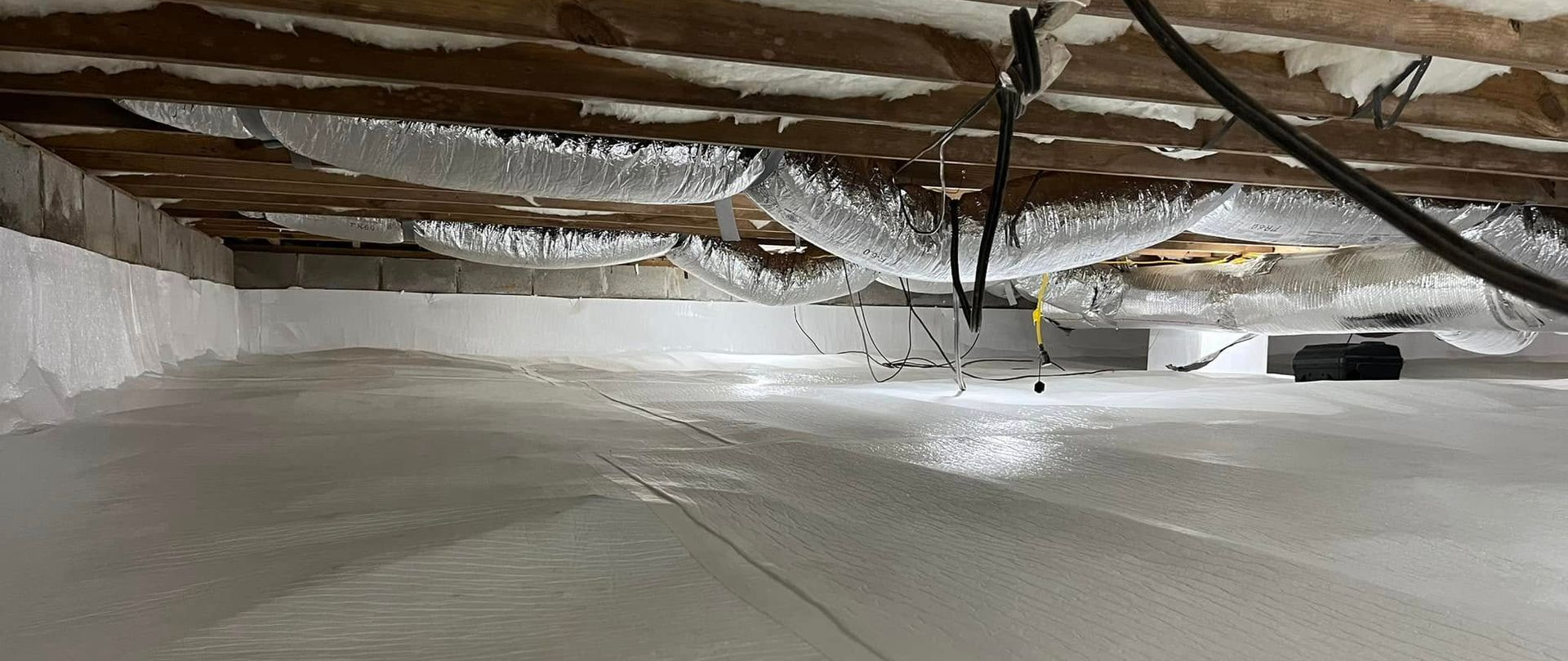
Fixing It Right the Second Time
For this homeowner, we're starting over. We'll remove the failed sister joists and install new ones - properly attached this time. The jacks and beams get rebuilt with adequate footings that won't settle or shift.
Then we're treating all the fungal growth. This owner's girlfriend has severe mold allergies, so we're taking extra time to scrub everything clean. After that, we'll encapsulate the space to prevent moisture from creating the same problems again.
It's more work than it should have been. But doing it right means this homeowner won't be dealing with the same issues in a few years.
Don't Pay Twice for the Same Repair
Nobody wants to pay for the same work twice. But that's exactly what happens when crawl space repairs aren't done properly the first time.
Before you hire someone for structural work, ask these questions:
- How will the sister joists be attached to the existing beams?
- What kind of footings will the jacks sit on?
- Will everything be fastened according to code?
- Can I see examples of your completed work?
Proper structural repair includes all the fasteners, all the footings, and all the details that make the work actually function. If a contractor can't explain how they'll do the job right, keep looking.
Your crawl space supports your entire home. Make sure the work supporting it is done properly the first time.

